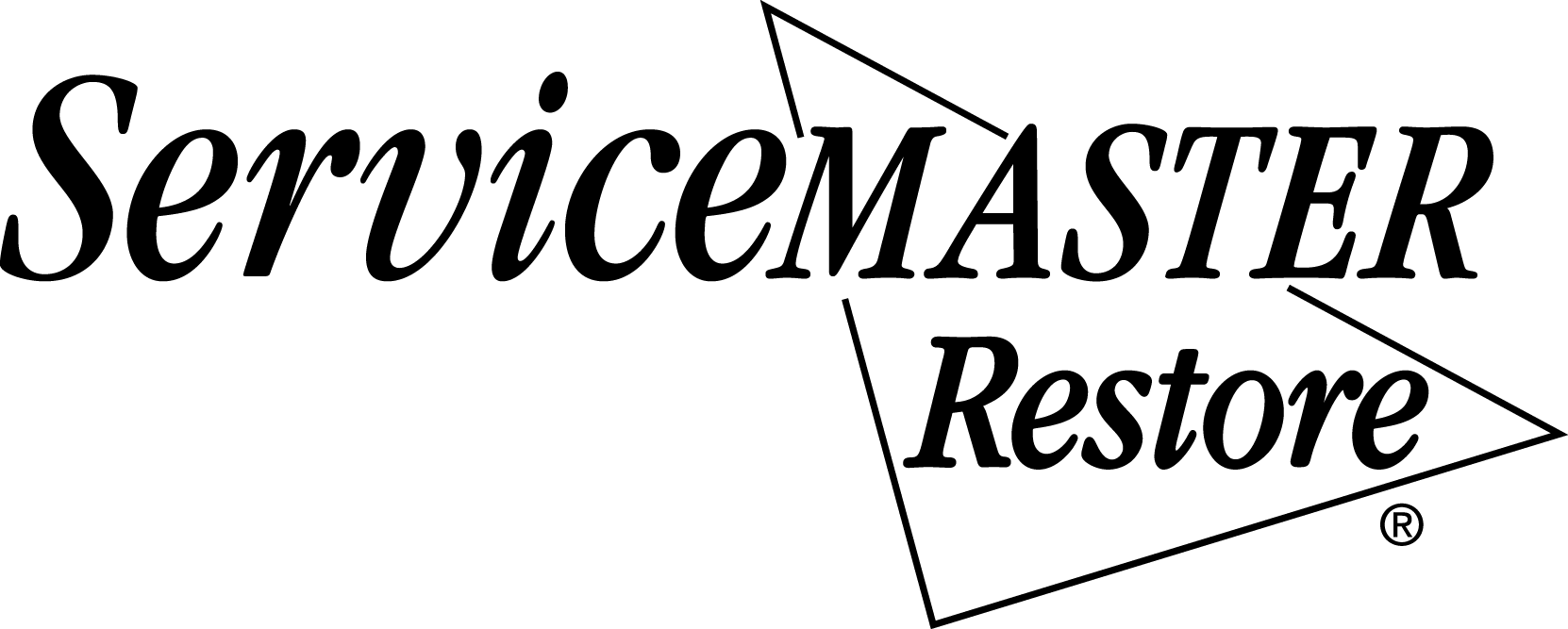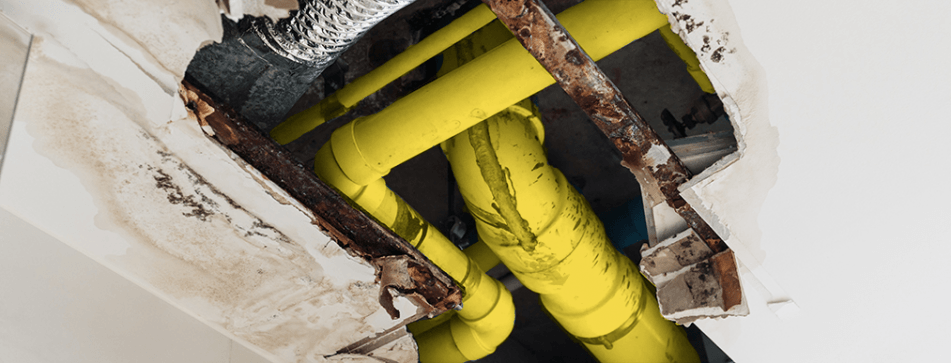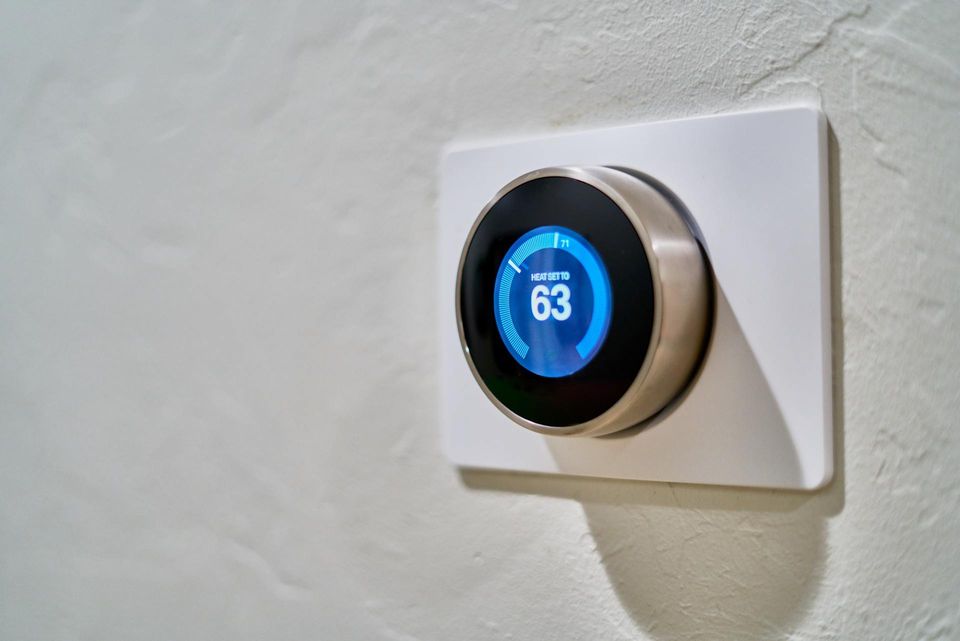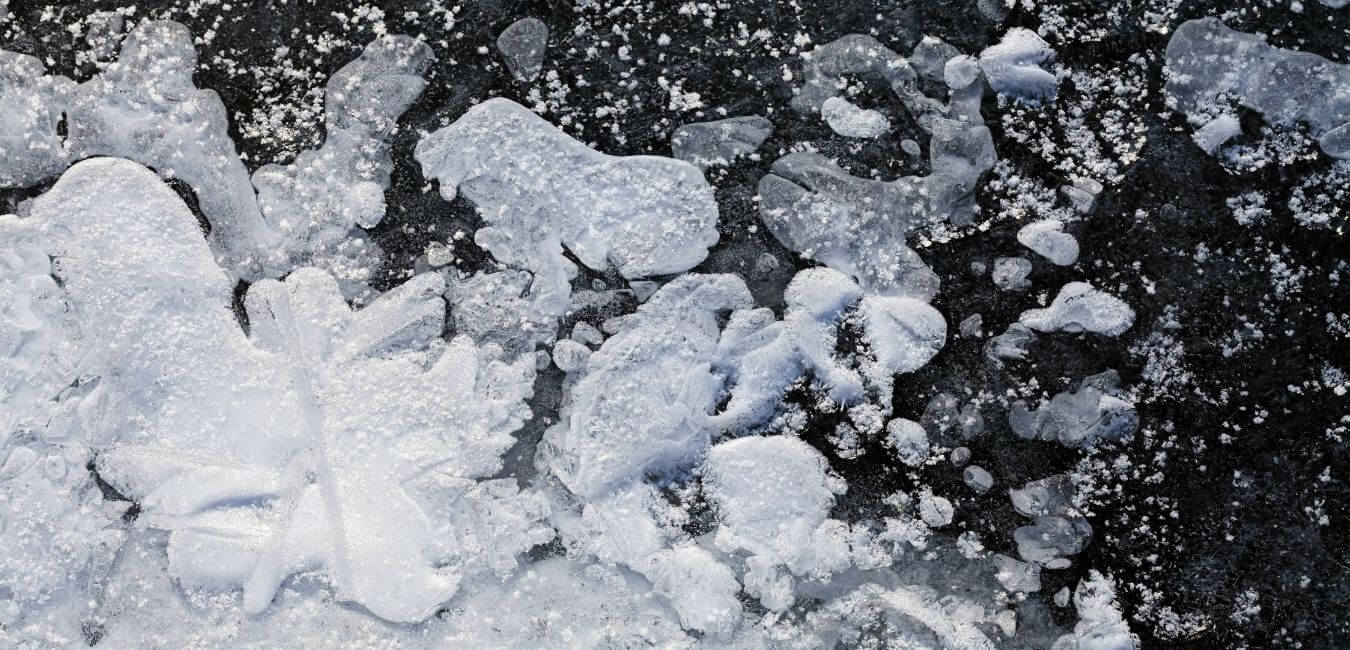Springdale
Fort Smith
Russellville

Blog Layout
Hello friends! We hope you all are navigating this wild year well. We have been missing you all something fierce!. We wanted to share with you some tips to prevent AC Leaks as we have been seeing many calls due to leaking ACs with the scorching temperatures lately!
When the temperatures soar and the humidity reaches oppressive levels in Arkansas, many homeowners retreat inside to the air conditioning. Keep your central air conditioner unit in top shape with routine maintenance to avoid water damage with these tips.
Why do AC units leak?
The most likely culprit of water damage from a central AC unit is condensation. Condensation forms when the unit pulls warm, humid air in for the cooling process. The liquid created by the condensation is directed to the drain pan and then released through a drain pipeline. If this line gets clogged, the water will back up into the house, causing extensive water damage.
Preventative AC Maintenance
- Check the condensation drain line for clogs and cracks. A buildup of dirt, debris, and algae can clog the line and is the most common cause of central AC unit leaks. Condensation can back up into the unit and overflow to the catch pan. If the unit is located in the attic and the clog is not cleared, the overflowing water from the catch pan will continue down into the living areas.
- Change or clean air filters regularly. Not doing so can cause the evaporation coil to freeze up.
- Service your unit annually. Most professionals will inspect your unit's coils to make sure they are clean and working properly. A dirty or frozen coil can cause condensation to build up and puddle water.
- Install an overflow shutoff device on the drain line. If a clog is detected the unit will turn off, preventing water backup.
- Inspect your drain pan for rust, cracks, or leaks. In the event of condensation build up, any water is contained within the drain pan.
Call Us Anytime for a Free Inspection
Hopefully you'll never have to worry about water damage from an air conditioner unit leak, but if the worst does happen, ServiceMaster Restore services are available 24 hours a day, 7 days a week, 365 days a year. We have the professional expertise, technology, and resources to clean and restore your property after a water damage disaster.
Call 479-756-4169 and we'll be there to help!

By Master Account
•
12 Aug, 2020
Hello friends! A leaking roof can create a lot of damage quickly and, if left neglected, can compromise the building's strength, foundation, and overall structure. When roof failures happen, we can help. We’ll get your business back on track by providing fast, dependable solutions delivered by highly trained and knowledgeable ServiceMaster Restore experts. Along with the latest industry tools and techniques, we're dedicated to keeping your doors open while ensuring clear, concise communication throughout the entire process. TYPES OF ROOF DAMAGE Roofing most often reaches the point of catastrophic failure when one or more of these conditions occur: Aging roof When roofs are left in place beyond their useful lives, leaks occur within the property, and their number and severity will increase over time. Saturated roofing As a result of an aging roof, accumulated water isn’t dispensed properly and is trapped in the roof and leads to saturated and ruined materials. High wind damage During high winds and severe weather, your roof is susceptible to partial or entire removal. Ice dams When a layer of ice or snow builds up on your roof in sub-freezing temperatures, ice dams become a concern. The radiant heat from your property melts some of the snow and ice, allowing the resulting liquid water to run down your roof to the gutters in a normal fashion. However, once the water reaches the gutters away from the heat of the home, it can refreeze, build up and block additional melt water.

By Master Account
•
12 Aug, 2020
Hello friends! We hope you all are having a great week! Below you will find some info on our unique 5 step drying process when there has been a water loss. Water removal services on their own are usually not enough to remove all the moisture from your home after a water damage event. Water can hide behind walls, under flooring or in your HVAC system and vents. At ServiceMaster Restore, we provide expert structural and content drying and dehumidification services with a combination of dehumidifiers and high-velocity air movers to remove moisture from the air. With so much at stake, we’ll make sure your life gets back to normal, faster. BEWARE OF MOLD Our 5 Step Drying Process Mold can start growing in as little as 48 hours. Left unattended, it can cause health problems as well as serious structural damage to your home. Here's how we can remediate mold: Step 1: Inspect & assess: Using state-of-the-art instruments, our certified technicians will inspect your home for damage, identify the source, and outline the work required. Step 2: Remove water: We use various methods to extract water, including absorbing, draining, pumping and vacuuming. Step 3: Evaporation: Using equipment such as air movers, we help the water to evaporate faster. Step 4: Dehumidification: We use professional dehumidifiers for water-damaged homes to extract the moisture from the air and expedite the drying process. Step 5: Monitoring: Our technicians take atmospheric and moisture content readings that indicate whether the area is drying, at what rate and what adjustments, if any, need to be made to expedite the drying process and avoid excessive uncontrolled humidity levels.
Our Restoration Services
24/7 Emergency Service
Springdale, AR100 East Robinson Ave
Springdale AR 72764
Fort Smith, AR5909 Remington Circle
Fort Smith, AR 72903
Russellville, AR809 S Arkansas
Russellville AR 72801
Joplin, MO3501 Red Iron DrJoplin, MO 64801
© 2024
All Rights Reserved Service Master Restore | Powered by Flypaper | Privacy Policy




